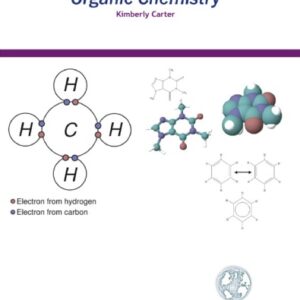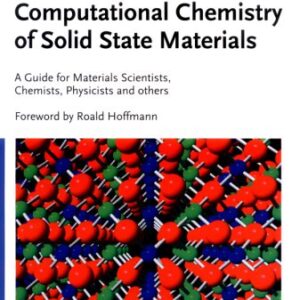Introduction 1 1. 2. Basic Concepts and Phenomenological Description 6 2.1. Separation of the Center-of-Mass Motion 8 2.2. Separation of Electronic and Nuclear Motions. Interaction Potentials (Potential-Energy Surfaces) 11 2.2.1. Heuristic Considerations 11 2.2.2. Born-Oppenheimer Separation. Adiabatic Approximation, 16 Present State of Potential-Energy-Burface 2.2.3. Calculations 23 2.3. Scattering Channels ~6 2.4. Classification of Elementary Processes. Microscopic Mechanism 27 D.ynamics of Atomic and Molecular Collisions: 3. Electronically Adiabatic Processes 32 Classical Approach 3.1. 33 Some Arguments for the Reliability of the Classical Approach 33 Atom-Atom Collisions. Elastic Scattering 34 Quasiclassical Treatment of Elementary Processes in Triatomic Systems: Inelastic and Reactive Scattering 44 IV Examples of Results of Trajectory Calculations 59 3.1.4. 64 Elements of Quantum-Mechanical Methods 3.2. Correspondence of Classical and Quantum? 3.2.1. 64 Mechanical Theories Time-Dependent Scattering Theory 71 3.2.2. Stationary Scattering Theory 77 3.2.3. One-Dimensional Scattering 78 3.2.3.1 ? Three-Dimensional Elastic Scattering 83 3.2.3.2. Rearrangement Scattering (Reactions) 85 3.2.3.3. Examples of Quantum-Mechanical Calculations 3.2.4.
Chemistry
[PDF] Selected Topics of the Theory of Chemical Elementary Processes Evgueni E. Nikitin, Lutz Z?licke (auth.)
$19.99

![[PDF] Selected Topics of the Theory of Chemical Elementary Processes Evgueni E. Nikitin, Lutz Z?licke (auth.)](https://pdfelite.com/wp-content/uploads/2024/04/53d855e0fa3d60423ea6623359b88c08-d.jpg)




Reviews
There are no reviews yet.